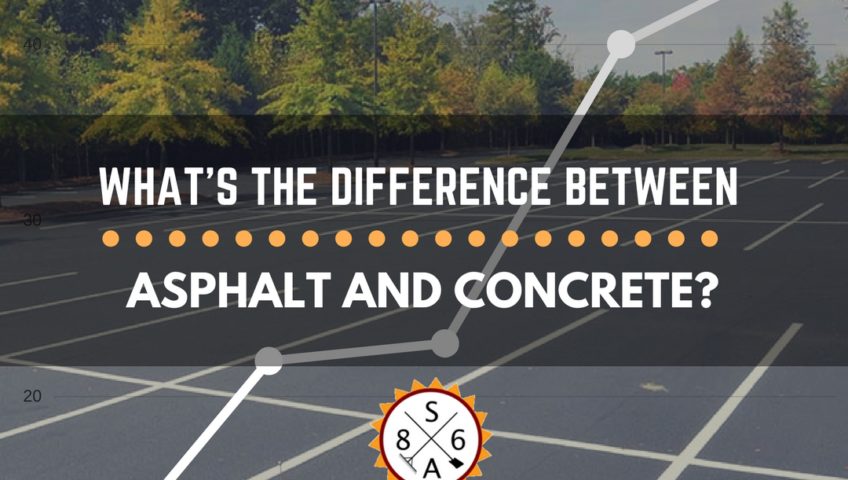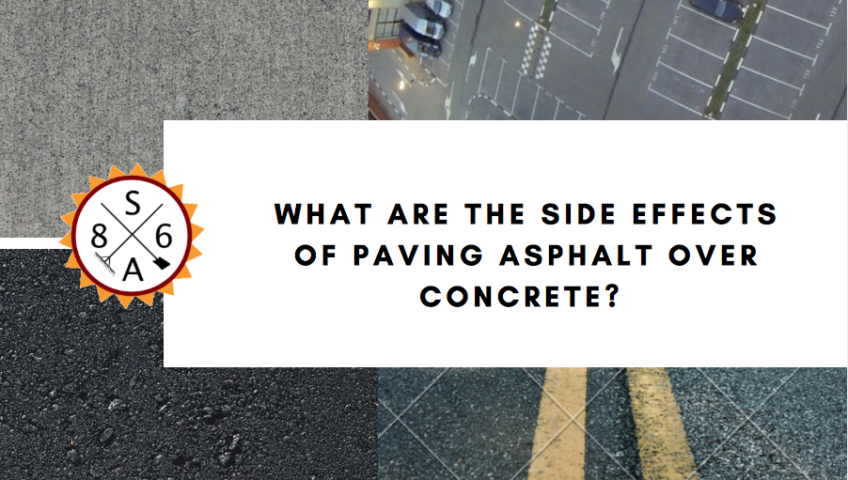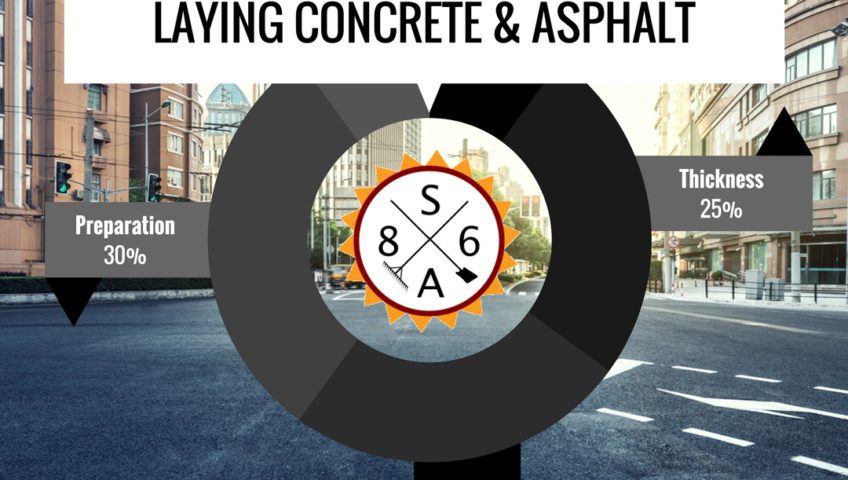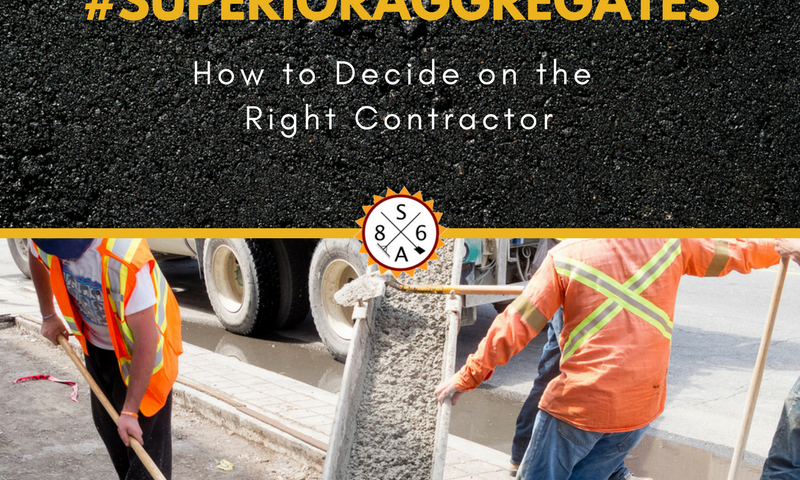
6 Must-know Tips for Preparing Your Concrete for a Long Life
Pouring a new slab of concrete may look simple, but in all actuality, it takes a lot of finesse and a lot of attention to detail. The final outcome can look absolutely amazing, and this is why you will want to do all you can to make sure the concrete slab looks new for as long as possible. Fortunately, taking care of concrete isn’t as difficult as many people make it out to be. For now, let’s take a quick look at six tips for preparing your concrete for a long life.
1) Make Sure It Is Poured By Professionals
The first step you will want to follow to make sure your commercial concrete lasts as long as possible is to have it poured by professionals. And not only do you want it poured by professionals, but you want it to be mixed by professionals too. In fact, the mixture of the concrete is the number one determining factor in how well the concrete will set up.
2) Use a Microfiber Pad
When cleaning concrete floors, it is best to use a microfiber pad as this helps remove dirt particles without scratching the concrete. And since concrete has a soil as an ingredient, it is not uncommon for the dust to be quite thick on concrete floors, meaning they should be cleaned at least three to four times a week.
3) Use a Neutral Floor Cleaner
Using plain water to mop your concrete floors is a great idea because it doesn’t mess with the chemicals in the concrete. Unfortunately, though, using plain water won’t always remove all of the dust and dirt that has been attracted to the concrete floors. With this in mind, you will need to add a neutral floor cleaner to the mop water at least twice a week when cleaning the floors.
4) Clean All Concrete Floors
Some people think that the only concrete floors that need cleaning are the ones inside. The truth is, though, whether it be concrete sidewalks, concrete garage floors or concrete driveways, all of these areas need to be cleaned on a regular basis. Driveways should be cleaned at least twice a season, while garage floors should be cleaned at least once a month. And if possible, concrete sidewalks should be cleaned at least once a week.
5) Clean Stains As Soon As Possible
If you spill something on the concrete, you will want to clean it up as quickly as possible before it sets into the concrete and stains it. If spills and stains absorb into the concrete, it can lead to decay and you want to avoid this.
6) Always Dry Mop the Wet Floor Cleaner
You don’t ever want your cleaning agent to become dry on the concrete floors. Instead, you want to clean the floors and dry mop them before the cleaning agent dries. If the cleaning agent dries on the floor, it can lead to cracks and decay.
The Takeaway
Regardless of the concrete project,, you will want to take advantage of commercial concrete installation. Concrete companies that have prior experience in pouring concrete and can make sure the job is done right the first time around as well as provide you with lots of helpful tips for extending the life of your concrete floors.
Pouring a new slab of concrete may look simple, but in all actuality, it takes a lot of finesse and a lot of attention to detail. The final outcome can look absolutely amazing, and this is why you will want to do all you can to make sure the concrete slab looks new for as long as possible. Fortunately, taking care of concrete isn’t as difficult as many people make it out to be. For now, let’s take a quick look at six tips for preparing your concrete for a long life.
1) Make Sure It Is Poured By Professionals
The first step you will want to follow to make sure your commercial concrete lasts as long as possible is to have it poured by professionals. And not only do you want it poured by professionals, but you want it to be mixed by professionals too. In fact, the mixture of the concrete is the number one determining factor in how well the concrete will set up.
2) Use a Microfiber Pad
When cleaning concrete floors, it is best to use a microfiber pad as this helps remove dirt particles without scratching the concrete. And since concrete has a soil as an ingredient, it is not uncommon for the dust to be quite thick on concrete floors, meaning they should be cleaned at least three to four times a week.
3) Use a Neutral Floor Cleaner
Using plain water to mop your concrete floors is a great idea because it doesn’t mess with the chemicals in the concrete. Unfortunately, though, using plain water won’t always remove all of the dust and dirt that has been attracted to the concrete floors. With this in mind, you will need to add a neutral floor cleaner to the mop water at least twice a week when cleaning the floors.
4) Clean All Concrete Floors
Some people think that the only concrete floors that need cleaning are the ones inside. The truth is, though, whether it be concrete sidewalks, concrete garage floors or concrete driveways, all of these areas need to be cleaned on a regular basis. Driveways should be cleaned at least twice a season, while garage floors should be cleaned at least once a month. And if possible, concrete sidewalks should be cleaned at least once a week.
5) Clean Stains As Soon As Possible
If you spill something on the concrete, you will want to clean it up as quickly as possible before it sets into the concrete and stains it. If spills and stains absorb into the concrete, it can lead to decay and you want to avoid this.
6) Always Dry Mop the Wet Floor Cleaner
You don’t ever want your cleaning agent to become dry on the concrete floors. Instead, you want to clean the floors and dry mop them before the cleaning agent dries. If the cleaning agent dries on the floor, it can lead to cracks and decay.
The Takeaway
Regardless of the concrete project,, you will want to take advantage of commercial concrete installation. Concrete companies that have prior experience in pouring concrete and can make sure the job is done right the first time around as well as provide you with lots of helpful tips for extending the life of your concrete floors.




